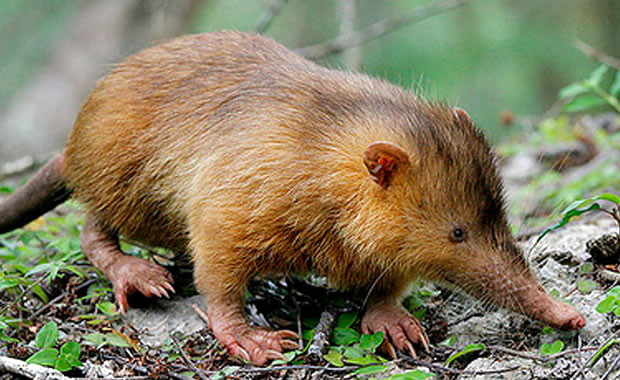
Hawaiian Monk Seal
|
Creature Profile
The Hawaiian monk seal is found on small, uninhabited islands and atolls of the northwestern Hawaiian Islands. Its skin appears gray with silver-gray underparts. Adults can grow up to seven feet in length and can weigh as much as 600 lb. Females are larger than males.
This species prefers reefs, beaches and coves for its habitat. Most of the day is spent basking but in damp sand close to the waters edge to avoid overheating. Hawaiian monk seals eat a variety of foods, such as crustaceans, fish, lobsters, eels, and octopuses. The seals prefer to mate in the water. Males outnumber females and have been seen mobbing females in eagerness to mate, sometimes seriously hurting the females. Females give birth to one pup after a gestation period of 11 months.
There are less than 1000 Hawaiian monk seals left in the wild. Commercial sealing back in the 1800s nearly wiped the species out, and it was once thought to be extinct until rediscovered and immediately placed on the endangered species list. Today they are threatened by human disturbance of pregnant or nursing females, reef poisoning, and shark attacks. A number of islands are now designated as reserves for the species.
Wikipedia Article

|
Wikipedia Article Copyright Notice: This article is licensed under the GNU Free Documentation License. It uses material from the Wikipedia article "Hawaiian monk seal". |
More Links about the Hawaiian Monk Seal:
Reference Links:Hawaiian Monk Seal - The Wild Ones
May 9, 2017
Glenn, C. R. 2006. "Earth's Endangered Creatures - Hawaiian Monk Seal Facts" (Online). Accessed 4/18/2024 at http://earthsendangered.com/profile.asp?sp=828&ID=7.
Need more Hawaiian Monk Seal facts?




